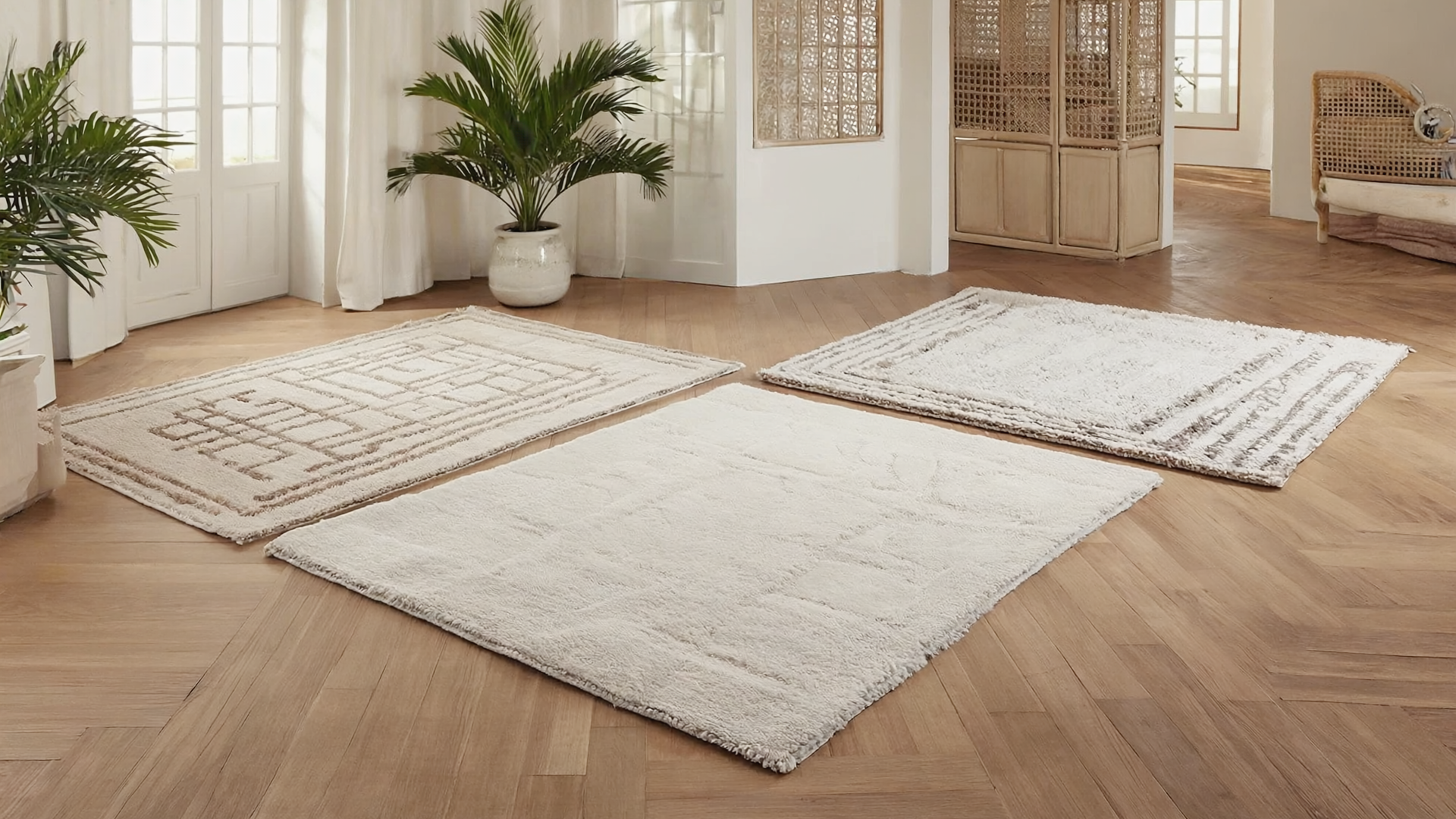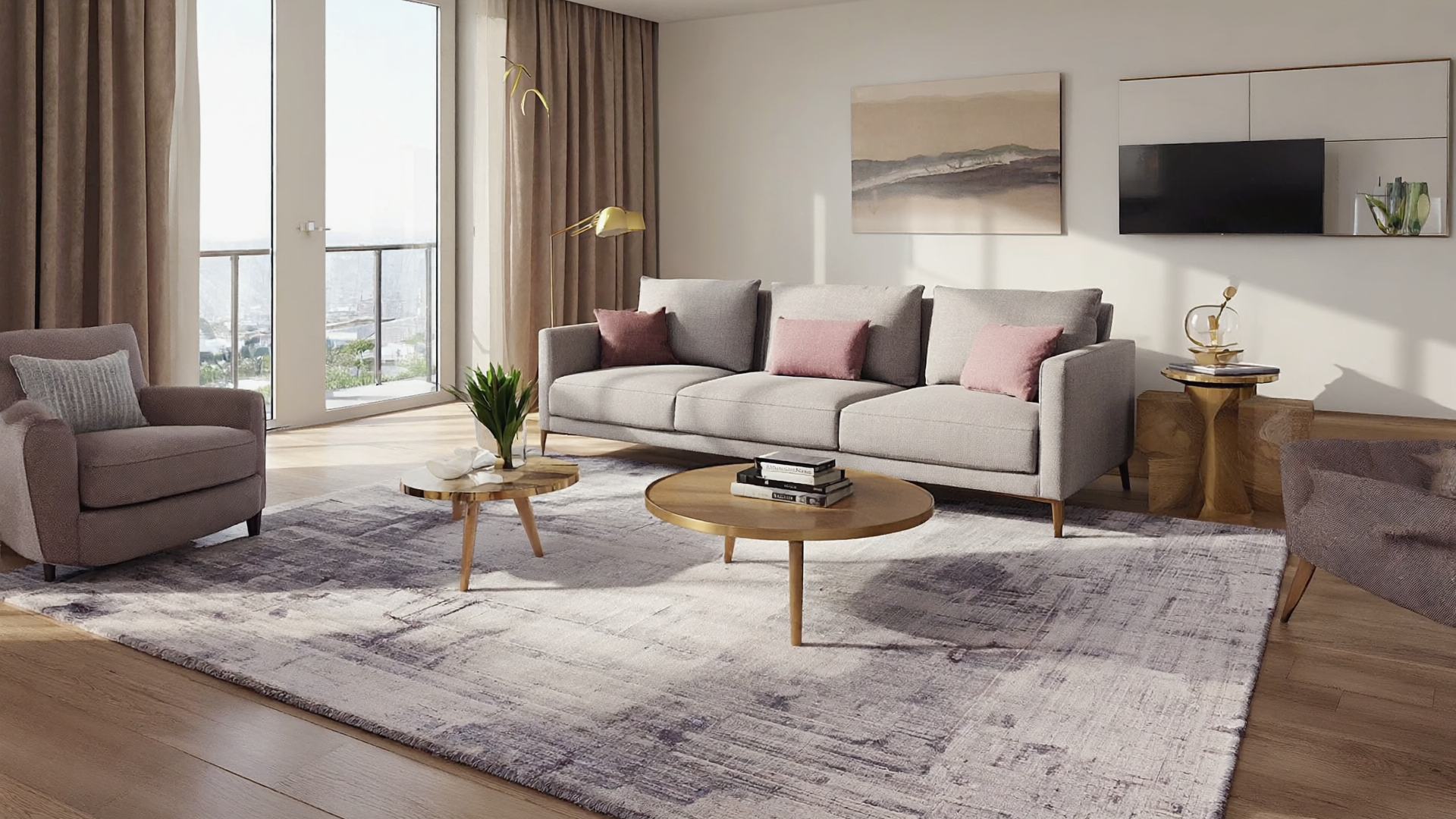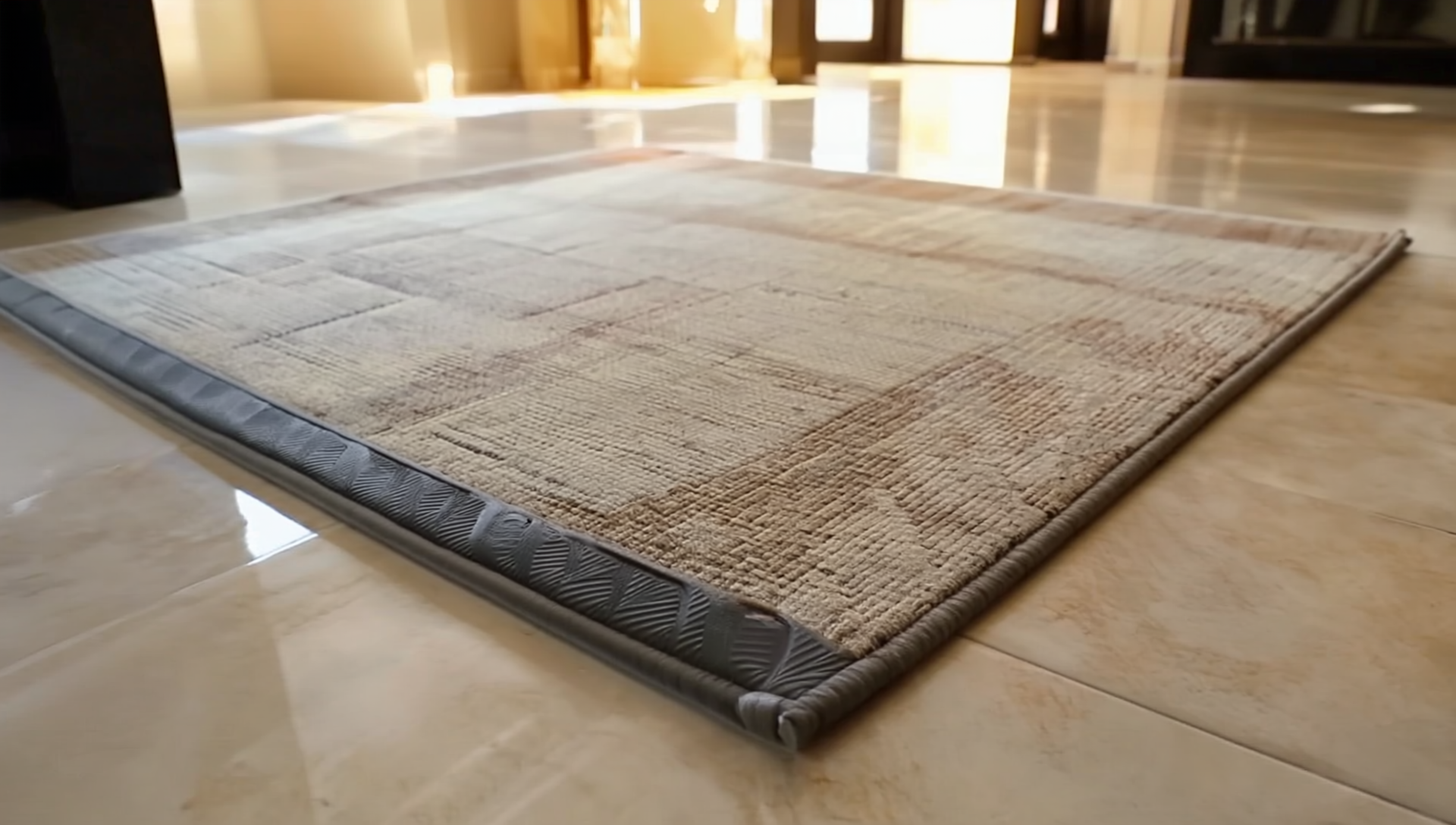
Best Rug Materials for the Philippines’ Humid Climate
The Best Rug Materials for the Philippines’ Humid Climate
Humidity is one of the biggest challenges for Filipino homes - especially in Manila, Cebu, and other coastal cities. Rugs that work well in colder, drier countries often don’t perform the same in the Philippines. This guide explains which rug materials handle humidity best, and which ones you should avoid if you want your rug to stay fresh, clean, and long-lasting.
Why Humidity Matters When Choosing a Rug
Tropical humidity affects rugs in several ways:
- Moisture gets trapped in fibers
- Rubber and low-quality backings deteriorate faster
- Odors develop quickly in tightly woven cheap rugs
- Mold can grow under rugs placed on tiles or concrete floors
Choosing the right material makes a huge difference in longevity and comfort.
Best Rug Materials for Filipino Homes
1. Oeko-Tex Certified Fibers
These are some of the best-performing materials for tropical climates. Oeko-Tex rugs are tested for safety, durability, and fiber stability.
- Resist humidity and odor buildup
- Hold shape well on tiled floors
- Soft underfoot without trapping moisture
2. High-Density Premium Synthetics
Modern synthetic rugs (not the cheap thin ones) are excellent in the Philippines. They dry quickly, resist mold, and stay soft for years.
- Low moisture absorption
- Easy to maintain
- Ideal for condos and bedrooms
3. Machine-Washable Rugs
Washable rugs are increasingly popular in Manila and Cebu condos because they’re easy to clean after spills, pets, or humidity exposure.
- Lightweight and easy to dry
- Perfect for condos with limited ventilation
- Great for kids’ rooms and dining areas
Browse Machine-Washable Rugs →
4. Wool (For Air-Conditioned or Well-Ventilated Rooms)
Wool is naturally breathable and durable. It’s great for living rooms and bedrooms as long as the room isn’t overly humid.
- Natural fiber with good airflow
- Luxurious feel
- Warms up tiled floors
Materials to Avoid in the Philippines
1. Rubber or PVC Backing
This is the biggest problem area for tropical homes. Rubber breaks down in heat and humidity.
- Turns sticky over time
- Leaves residue on tiles
- Crumbles into dust
2. Very Thick Shag Rugs
Shag rugs trap moisture easily and are extremely slow to dry.
- Develop odors faster
- Difficult to clean
- High mold risk in humid rooms
3. Cheap Low-Density Rugs
Light, thin rugs flatten quickly and absorb humidity like a sponge.
- Look worn after a few months
- Edges curl on tiled floors
- Prone to moisture buildup
Best Backing Types for Humidity
Instead of rubber, choose:
- Woven backing
- Felt or fabric backing
- Premium synthetic anti-slip pads (separate piece)
These last much longer in Philippine conditions.
Recommended Rugs That Perform Well in Humidity
Related Guides

See how a rug can transform your home
Get a free virtual rug demo
Discover how a rug can improve your home.
Select one of our rugs and provide a picture of where you want it placed, our designers will create a FREE digital rendering for you.

